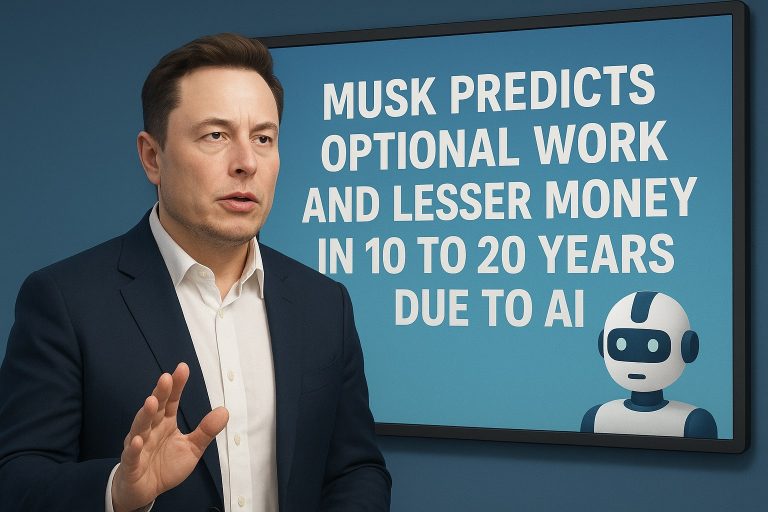
As artificial intelligence (AI) technologies continue to evolve, the demand for powerful computational resources grows exponentially. GPU clusters have become essential for organizations looking to implement machine learning and deep learning models effectively. However, scaling these clusters presents a unique set of challenges. Here are the top five mistakes AI companies often make when scaling GPU clusters, along with strategies to avoid them.
1. Underestimating Resource Requirements
The Problem:
One of the most prevalent pitfalls is the underestimation of the computational resources necessary for specific workloads. Companies frequently start with a small cluster, believing it will suffice. However, as the complexity of models increases—especially with larger datasets and more sophisticated algorithms—they quickly find themselves needing additional GPUs to meet their requirements.
The Solution:
Before scaling, conduct comprehensive benchmarking and testing with a variety of model sizes and datasets. This helps in understanding the actual resource requirements more accurately. Employ tools that can simulate workloads, allowing teams to gather data on how different configurations perform under varying conditions.
Additional Consideration:
Incorporate a feedback loop where existing workloads are continuously monitored for performance. This will allow teams to adjust resources dynamically as model complexity grows, ensuring efficient use of GPU resources.
2. Neglecting Network Infrastructure
The Problem:
GPU clusters operate as a cohesive unit, requiring efficient communication between GPUs to maximize performance. Companies often overlook the importance of high-speed networking infrastructure, which can lead to significant bottlenecks. When GPUs are unable to communicate quickly, the overall performance can decline, negating the advantages of having multiple GPUs.
The Solution:
Invest in high-speed networking technologies such as InfiniBand or 100Gb Ethernet to facilitate fast data transfer between GPUs. Additionally, use network topology that minimizes latency and maximizes bandwidth.
Additional Consideration:
Regularly monitor network performance metrics and conduct stress tests to identify potential bottlenecks. Implementing software tools that can analyze network traffic in real-time will help in making timely adjustments.
3. Failing to Optimize Software Stack
The Problem:
Scaling GPU clusters involves not just hardware considerations but also significant software optimizations. Many organizations neglect to optimize their software stack, which can lead to inefficient GPU usage and unnecessarily long training times.
The Solution:
Utilize containerization technologies like Docker and orchestration tools such as Kubernetes. These technologies help manage workloads effectively and can automate resource allocation based on demand. Regularly update libraries and frameworks (e.g., TensorFlow, PyTorch) to leverage the latest optimizations and features that can enhance performance.
Additional Consideration:
Employ profiling tools to analyze how models utilize GPU resources. This can help identify performance bottlenecks and areas for improvement, allowing for targeted optimizations.
4. Ignoring Cooling and Power Management
The Problem:
As GPU clusters scale, the heat generated and power consumed can increase dramatically. Companies often neglect to implement adequate cooling solutions and power management strategies, leading to hardware failures and increased operational costs.
The Solution:
Implement effective cooling solutions, such as liquid cooling systems or advanced air cooling mechanisms. Monitor power consumption and temperature closely using IoT devices that provide real-time data on cluster performance.
Additional Consideration:
Consider adopting energy-efficient hardware that can deliver the required performance with lower power consumption. Additionally, explore renewable energy options to power the data center, which can reduce operational costs and environmental impact.
5. Lack of Scalability Planning
The Problem:
Many organizations fail to plan for future scalability adequately. This oversight can lead to architectural decisions that are difficult or costly to modify later. As the needs of the business evolve, a lack of foresight can hinder growth and innovation.
The Solution:
Adopt a modular approach to building GPU clusters. This allows for easy addition of resources without significant reconfiguration. Regularly review and update scalability plans to accommodate anticipated growth and advancements in technology.
Additional Consideration:
Engage in strategic partnerships with cloud providers or GPU vendors that offer flexible scaling options. Hybrid cloud solutions can provide the flexibility needed to scale quickly without the upfront costs associated with building out additional on-premises infrastructure.
Conclusion
Scaling GPU clusters is an intricate endeavor that demands careful planning and execution. By avoiding these common mistakes—underestimating resource needs, neglecting network infrastructure, failing to optimize the software stack, ignoring cooling and power management, and lacking a scalability plan—AI companies can enhance their chances of successful scaling.
In an era where AI capabilities are crucial for competitive advantage, maximizing the performance of GPU clusters not only leads to more efficient training and inference but also empowers organizations to innovate and adapt to the fast-paced technological landscape. By prioritizing strategic planning and resource management, companies can fully harness the power of their AI initiatives and remain at the forefront of the industry.




